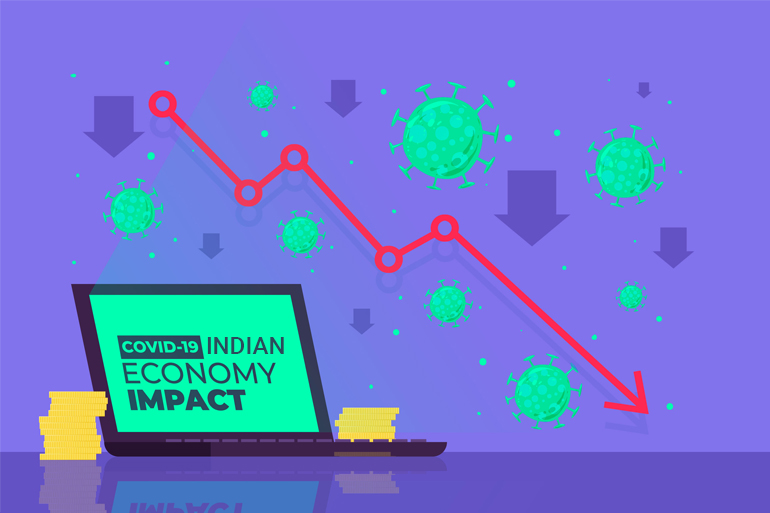The world is helplessly watching as India’s COVID-19 situation deteriorates. While the loss of life and disruption to ‘everyday India’ is tragic in and of itself, the economic ramifications of the second wave could also be significant.
Business Activity Back to August 2020 Levels
At the time of this writing, as infection numbers surge, Karnataka, Kerala and Assam have also imposed severe restrictions, while Maharashtra and Delhi remain under lockdown. In this atmosphere, the Nomura India Business Resumption Index (NIBRI) has suffered its largest fall, week-on-week, to 75.9 for the week ending April 25th 2021. The last time the NIBRI was at these levels was in August 2020, while the first wave was still wreaking havoc.
GDP and Impact to the World Economy
According to Oxford Economics, a global forecasting firm, India’s GDP forecast for 2021 has been reduced from 11.8 percent to 10.2 percent. According to a release, the firm said, “India’s escalating health burden, faltering vaccination rate, and lack of a convincing government strategy to contain the pandemic have prompted us to downgrade our 2021 GDP growth forecast.”
Another report by Amanda Glassman, Executive Vice President and Senior Fellow at the Centre for Global Development notes that, the global economy may lose up to USD 9.2 trillion, if vaccination drives in developing countries, such as India do not progress rapidly and steadily. With India being South Asia’s largest and the world’s 3rd largest economy, poor growth or worse, economic contraction, could have serious ramifications on the entire global economy.
Not All Doom & Gloom
Despite the serious situation on the ground, some indicators demonstrate that the Indian economy is coping fairly well with the present disruptions and that, if the situation is contained, India could see a fairly strong rebound. Nomura Economists Sonal Varma and Aurodeep Nandi have stated in research notes that they, “Also see signs of the economic pain spreading to the wider economy (power demand, GST e-way bills, railway freight), although the real economic impact still appears small compared to Covid’s first wave and other indicators (labour force participation rate) have remained resilient. With more states extending restrictions, sequential momentum is likely to remain weak over the next month, hurting gross domestic product (GDP) growth in Q2 2021 (April-June 2021).”
Nomura India also observes that the pace of vaccinations can play a major role in mitigating the impact of the second wave. They expect to see the pace pick up over next few months, which should see restrictions easing and demand rising amidst an accommodative fiscal environment.
Indian investors also seem to be pretty upbeat and positive about the economy despite the challenges in India. As of 28th April 2021, India’s benchmark indices continued to rally, having enjoyed three consecutive strong closes up to this date. At close, the Nifty was up 1.35% and the Sensex, 1.58%.

